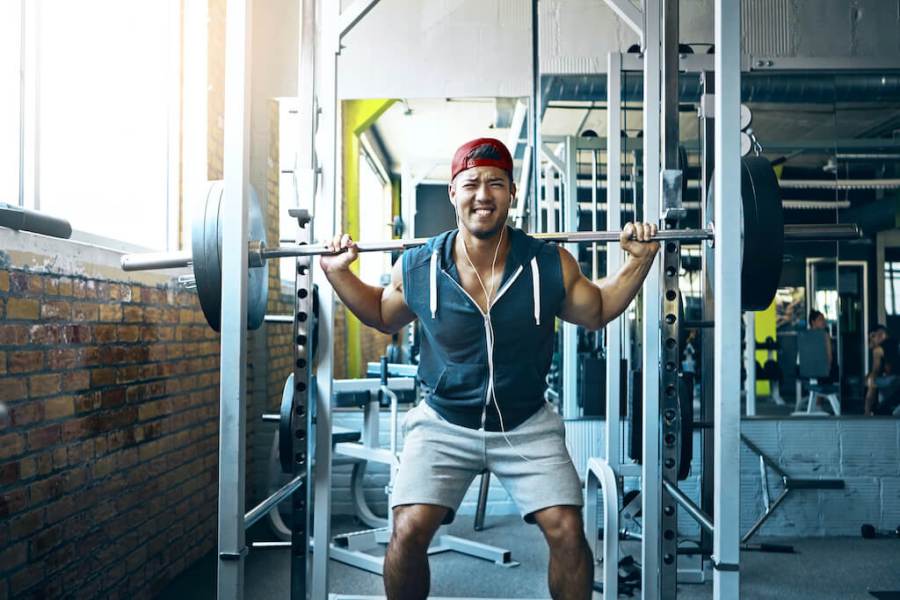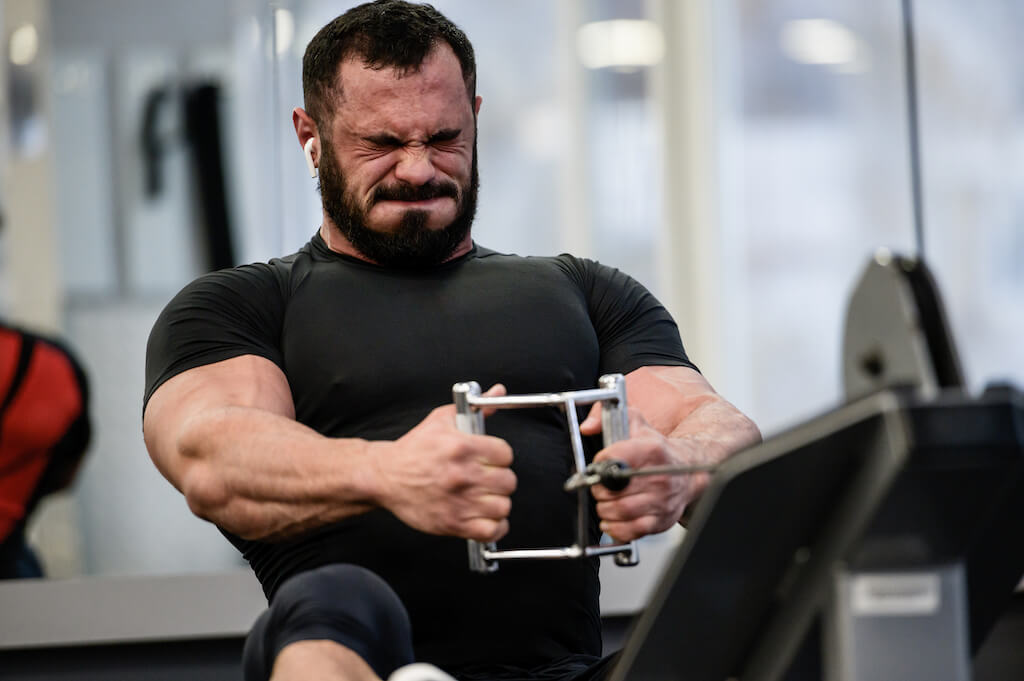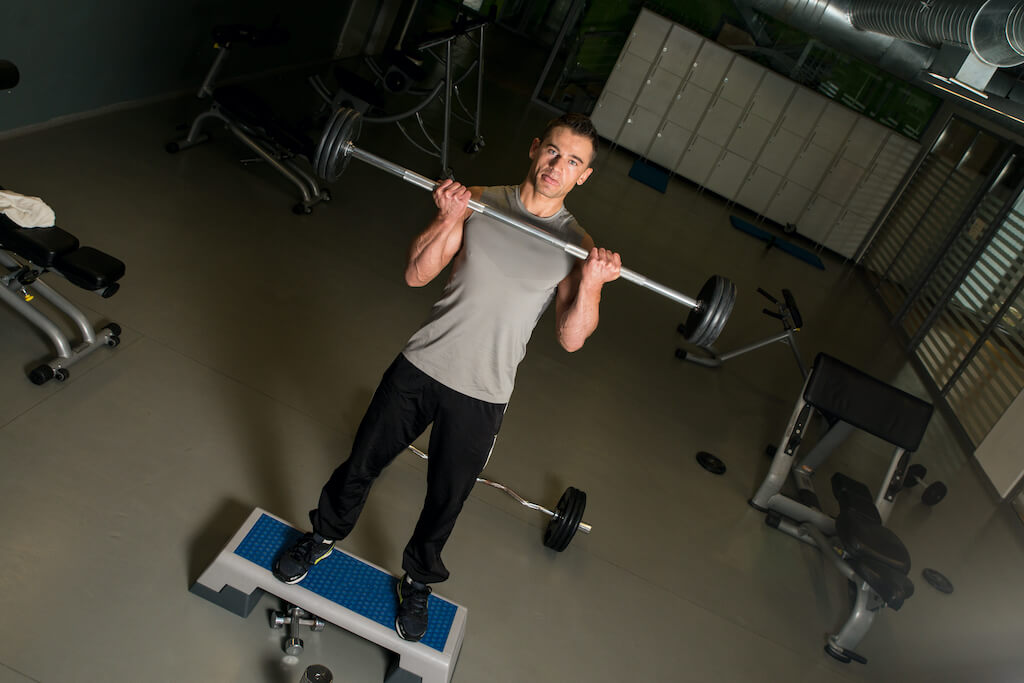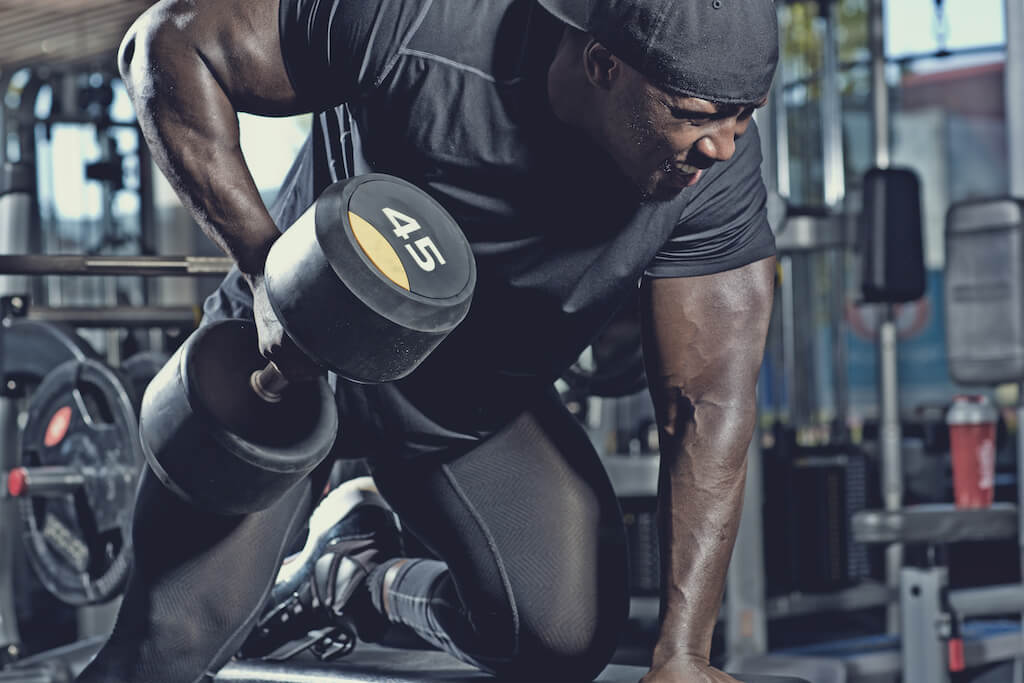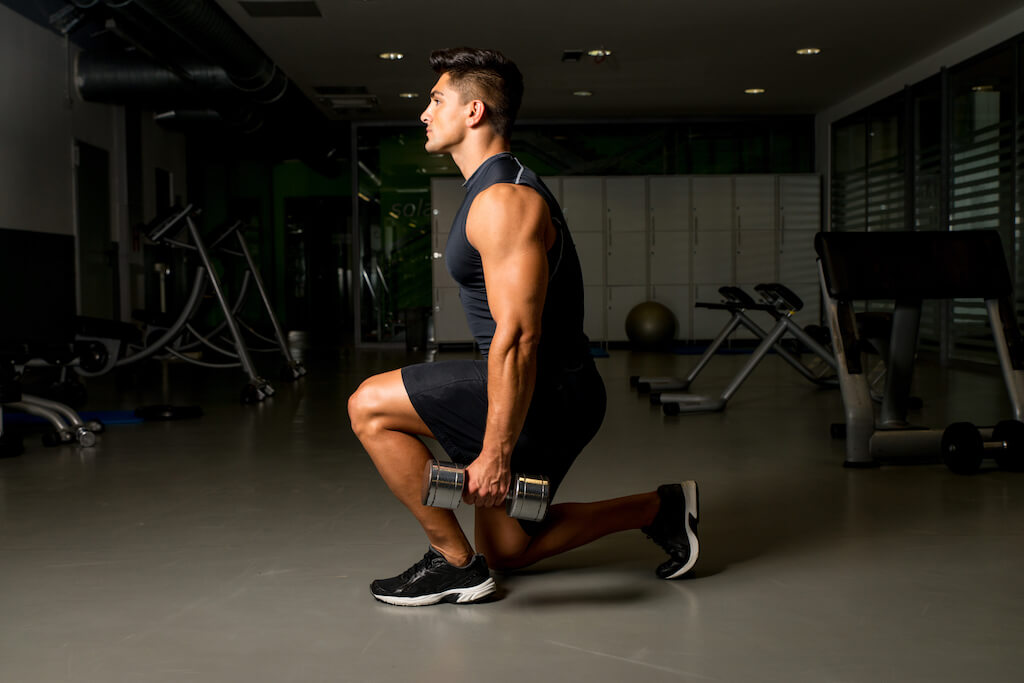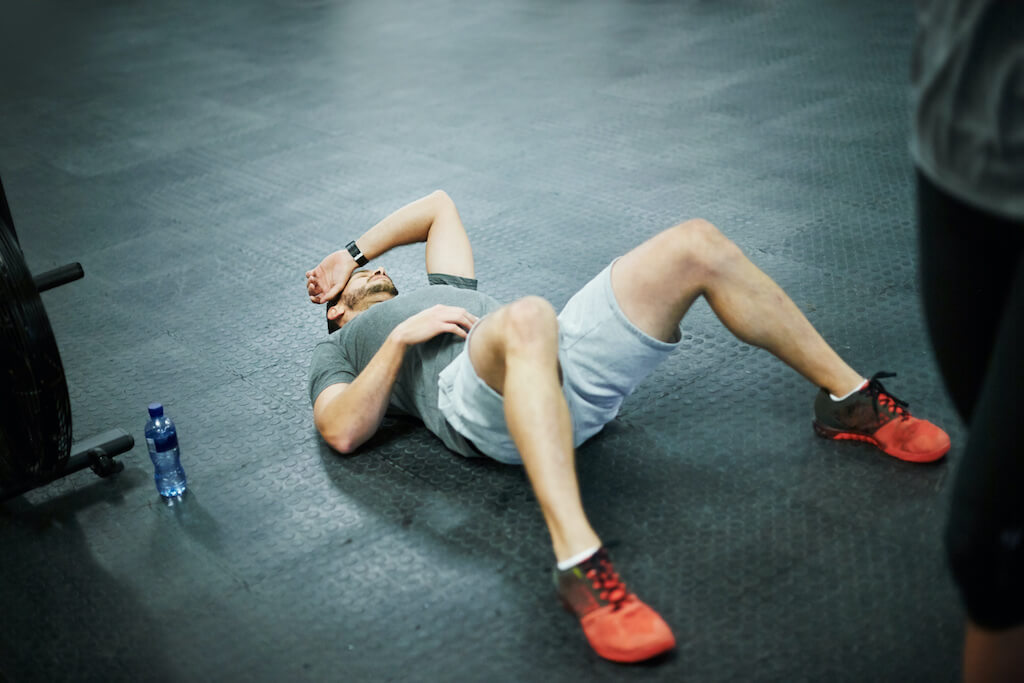When gyms reopen on 12 April, keep progress from stalling and prevent injury by avoiding these common training errors, writes S&C coach Nolan Sunnassee.
If you’re an avid weightlifter, bodybuilder or general fitness fan, you’re probably chomping at the bit to get back to the weights room and your usual workout routine when gyms reopen.
That’s especially true if, during lockdown, you were unable to exercise to your normal standard or had limited equipment available
But before you jump straight back in at the deep end, be mindful of these mistakes so you don’t wind up out of your depth or, worse, injured.
Training mistakes to avoid
1. Expecting the same strength as before
When the blood’s pumping and you’re surrounded by big egos, it might be tempting to try to lift like you did before – even if it’s been months or even a year since you last did a full gym workout.
In short, don’t do that. You can lose as much as two and five per cent of strength every week by not exercising, combined with loss of muscle mass, bone density and even joint stability.
The good news? Your body has muscle memory from previous workouts, so you won’t be starting from zero. Begin by just re-familiarising your body to exercise and lifting.
You may experience increase delayed onset muscle soreness (DOMS) from training, but that will pass after a few workouts. You could try supplementing with the amino acid lysine to reduce soreness.
2. Not stretching or warming up fully
Flexibility is an ability, and if you don’t practise, you will regress. That will definitely happen if you’re sedentary for long periods (working at a computer all day, for example).
Your flexibility effects your posture, which in turn effects how much weight you can lift and what potential injuries you might get.
There are many stretching methods, but dynamic stretches should be prioritised pre-workout. Something as simple as leg swings or arm circles (in both directions) will get your blood flowing and muscles warmed. Perform for 30-60 seconds on each side, increasing in range and speed as you go.
Warming up with weight is also advised to switch on and switch up your nervous system. Prior to your main lifts, start with warm-up sets of 50 per cent, 75 per cent and then 100 per cent of the resistance you plan to use.
3. Using poor technique
Not advisable any time, but when you haven’t been exercising regularly, poor technique could magnify any potential injury patterns you might have picked up.
Stick with slow and steady moves when restarting your training regime, and only build speed into it if that is related to your desired goal outcome – Olympic lifting, for example.
If you aren’t sure on the correct technique, ask a professional. And if you’re completely new to lifting, it’s even more important to master proper form before you add any weight.
When you’re new to something, there is a lot of neural adaptation or brain learning going on. It’s not only about your main muscles, but your stabiliser and mobiliser muscles that have to learn how to perform the movement. The better your technique, the better your overall long-term outcomes.
4. Not having a plan
I find it incredible to see so many people go to the gym and perform the same routine for months or years on end. Then they wonder why they aren’t achieving anything.
A main exercise principle is the law of diminishing returns, where if you keep doing the same thing you will get less and less from it due to adaptation. You should aim to progress two to five per cent a week if strength training is your focus.
Once you plateau, switch the order or the exercises you do, add new moves, or change other variables like reps, sets, tempo and rest periods.
5. Doing the wrong exercises
If you only have a few hours of free time to exercise each week, you want to stick to exercises that provide the most bang for your buck.
But with thousands to choose from, how do you know which are the most beneficial?
The answer depends on your goals, and how experienced and skilled you are at lifting. A general rule of thumb is the bigger the movement the greater energy expenditure, and the bigger the hormonal response.
Research has found that training your legs and lower back with squats or deadlifts elicits a higher growth hormone release than, say, bicep curls or shoulder presses.
These movements also provides a ‘radiation effect’ to your upper-body muscles, increasing strength in those areas without directly training them. However, the same is not found the other way around. In short, never skip leg day.
6. Going too heavy too quickly
Lifting your one-rep max feels good at the time, but you might want to consider the longevity of your body.
Each exercise has a risk-reward ratio – as does the weight you’re lifting. Doing low reps/high weight too often can lead to neural fatigue and increase the risk of damaging yourself.
A smart strategy is to vary the intensity level from week to week, or microcycle to microcycle. In other words, try a strength endurance phase of four weeks, followed by four weeks of hypertrophy, then four weeks of strength.
7. Not correcting imbalances or weak links
Injuries don’t happen by chance. Generally, too much bench pressing can trash your shoulders, just like too many knee extensions can ruin your knees.
Many muscle imbalances won’t show up immediately, but may occur years down the line – like the proverbial straw that broke the camel’s back. By working on your weaker muscles – lower traps or external rotators, for instance – you can future-proof your body, and maximise your strength and speed.
8. Failing to master the fundamentals
New exercises can sound exciting, but the reality is that for an all-round strong physique, you need to first master basic moves really well.
Our bodies have seven fundamental movements patterns: push, pull, rotate, bend, squat, lunge and gait. You need to master each, especially if you are weak in one of the patterns.
In my more than 20 years of working in multiple commercial gyms, I’ve seen only one person lunge and maybe three to four people squat to a good standard (this is not including the people I’ve personally trained!).
That’s based on more than 15,000 hours of being in a gym observing people, and it’s because typically people aren’t taught good technique and how long it may take to achieve it.
So, what tends to happen is they gravitate to a new trend without first being able to do the basic moves.
A prime example is walking lunges. These are fantastic for your glutes, quads, hamstrings and adductors, but the majority of people either can’t achieve full range or aren’t stable in their movement. It’s like watching someone trying to ice skate before learning the walk. It would be better to master each element of the walking lunge before piecing it all together.
9. Overtraining
Spending too long in the gym can be as counter productive as not training enough.
Although you might want to catch up on the time you have lost, your body works best when gym sessions are completed within an hour.
Focus on quality, not quantity.

Nolan Sunnassee is an Olympic-level strength and conditioning coach. Check out evo-fit.co.uk

